Organic vs Free-Range, What's the Difference?
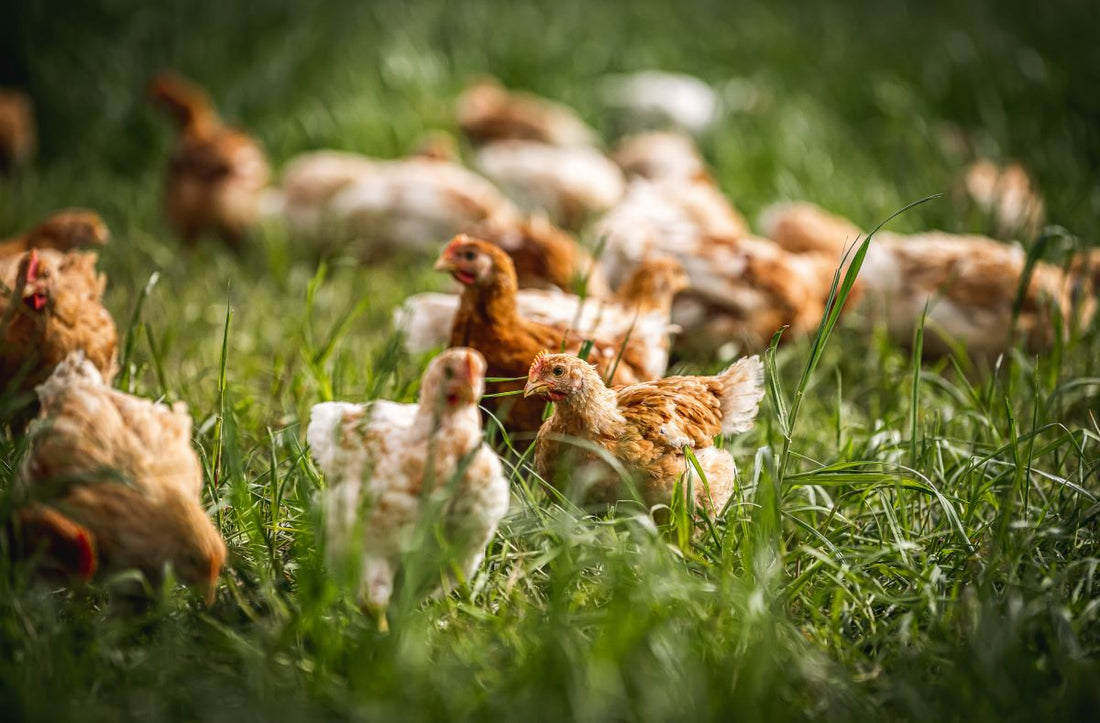
In the UK, it is estimated that we eat 2.2 million chickens EVERY DAY. This brain boggling number is a depressing fact, considering that fewer than 5% are reared in an organic system. The huge demand for the nation’s favourite meat has driven down welfare standards in favour of more ‘efficient’ systems, namely using birds that have been genetically bred to grow at an unnatural speed to be ‘ready’ for slaughter in just 35 days. As Lizzie Rivera quantifies in this Live Frankly article, that is ‘the equivalent to a child weighing 28 stone by it’s third birthday”.
What Do the Labels Mean? Organic vs Free-Range Explained
When shopping for chicken, beyond organic there exists a murky world of labels such as outdoor bred and free-range. This article will delve into more detail behind the labels so you can be reassured that you understand the marketing behind the meat.
The key difference between organic and free-range is that organic is a legislated, regulated, inspected, consistent and licensed accreditation, and the latter is an elastic term that encompasses lots of different farming methods with no standards or governing bodies to ensure its applied consistently. It’s fairly common knowledge that barn-reared chickens are likely to have been produced in unpleasant high-density conditions, but there is confusion around exactly what free-range means for birds.
Free-range is a term that most of us have come to accept means that an animal will be left to live outdoors in a natural environment for a time during its life. We are often asked if our organic chickens are free-range and of course, the answer is yes, but what not everyone realises is that the organic standard goes so much further than that.
In truth, the standards for free-range chickens simply mean that they are slaughtered after at least 56 days with half of that time spent with access to outdoors. Although significantly better than intensive systems, it is a misused term that can give consumers a false sense of ‘doing the best by the animal’.
What Are the Required Standards for Free-Range vs Organic Rearing?
There are five key differences between organic and free-range standards. Soil Association's organic standards cover:
-
The size of the flock
-
The amount of space, and type of environment animals have
-
The way they are treated
-
What they are fed
-
Use of antibiotics
1. Organic chickens are kept in smaller flocks:
The maximum size for a flock of chickens under organic standards is 3,000 hens. In comparison, RSPCA assured's free-range standards set a maximum flock size of 16,000 hens, whilst in intensive caged systems, there is no maximum, with some flock sizes reaching 100,000 chickens! To give this context, many chickens are so tightly packed, they will have no more room than the size of an A4 piece of paper to live in. For an even starker comparison, consider how free-range chickens may have more room in the oven than the shed…
Having fewer birds encourages more use of the birds' outdoor range, and makes it easier to take care of animals on an individual level, ensuring the birds are kept to the highest standards of welfare.
2. Truly free range with access to the outdoors:
Organic chickens must have continuous and easy daytime access to an outdoor range covered with suitable vegetation. The only exception to this is in adverse weather conditions.
In general, a smaller proportion of birds tend to go outside when kept in larger flocks. So even if a chicken is ‘free-range’, they may not be inclined to venture outdoors through a pop hole (an exit to the outdoors) if it involves climbing over thousands of their pals to get there. Organic farms certified by the Soil Association have to provide more pop holes than free-range farms do, to encourage chickens to get out onto their range as much as possible.


3. Higher standards of animal welfare:
'Beak trimming' is banned under Soil Association's organic standards. It's a mutilation that can be painful, stressful and also prevents the hens from expressing their natural behaviour by foraging.
The practise is routinely performed on chickens in the UK (including EU organic and free-range systems) to reduce the damage bird can cause to each other through feather pecking.
However, it does not prevent the underlying cause of the behavioural problem, which is often caused by overcrowding and lack of stimulation. We believe feather pecking can be solved by improving welfare standards - providing hens with stimulating environments, plenty of space, and allowing birds to satisfy their natural behavioural needs, like foraging and dust-bathing.
Clean, fresh bedding straw is also crucial to maintain chicken health. Wet bedding and poor ventilation inside sheds can cause hock burns, a painful skin condition on the upper joints of chickens caused by ammonia from the waste of other birds burning through the outer layer of skin.
4. Organic chickens are fed a GM-free diet:
In the UK alone, over one million tonnes of GM crops are used to feed animals. This is banned by organic standards and organic birds are not fed on GM grain or feed (which is common in free-range and non-organic hens). Outdoor foraging also means that organic chickens get to eat a variety of plants, grubs and insects which adds variety to their diet and helps keep them healthy.
Don't be misled by the term pasture-raised as this simply means a bird has lived its life outdoors. Chickens cannot live on grass alone, they require grain to be healthy. Organic standards mean the grain fed to our chickens is 100% natural and free from any traces of pesticide or articial fertiliser.


5. No routine use of antibiotics:
The routine use of antibiotics is banned by organic standards. This regular, 'preventative' use of antibiotics in intensive farming (treating animals with antibiotics before they get sick) is increasing the risk of antibiotic resistance, undermining our ability to help treat infection and disease. Poor hygiene standards coupled with high density stocking creates perfect environments for diseases to thrive, hence why intensive and some free-range systems take the preventative route.
40% of all antibiotics in the UK are given to farm animals and intensively reared pigs & poultry account for 85-95% of UK farm antibiotic use.
Under organic standards, antibiotics can only be used to treat animals if they do get ill. Because of the lower stocking densities and higher animal welfare, organic animals need antibiotics far less frequently than non-organic and free-range livestock.
We have an additional difference to add, and that is FLAVOUR! Welfare issues aside, we would argue that organic chicken is both healthier and tastier. Organic chicken contains less saturated fat but higher omega-3 fatty acids which are good for your heart. We are passionate about the slow-growth, healthy, happy lifestyles that our chickens lead, which we know results in chicken as it should taste – succulent and juicy with a depth of flavour that is second to none.
Eating less but better meat is the way to go. And to make your money go further, always remember to make a gut-loving broth or soup with your chicken carcass to use for other meals.
Source: SoilAssocation.org
Take a look at our full range of organic chicken here.
No comments




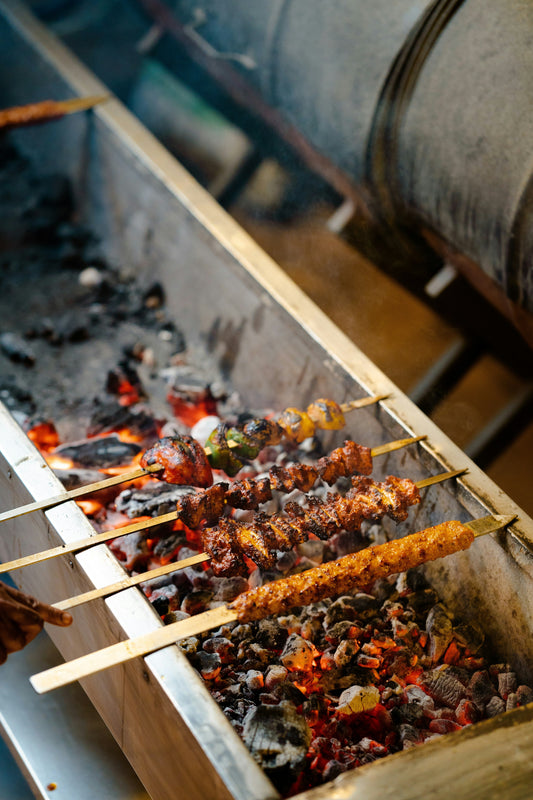
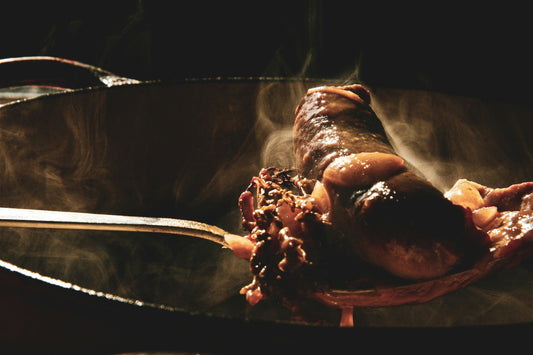
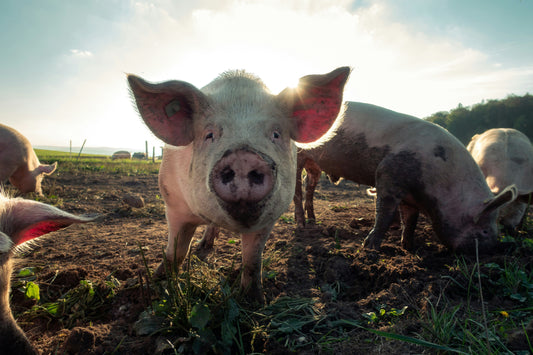
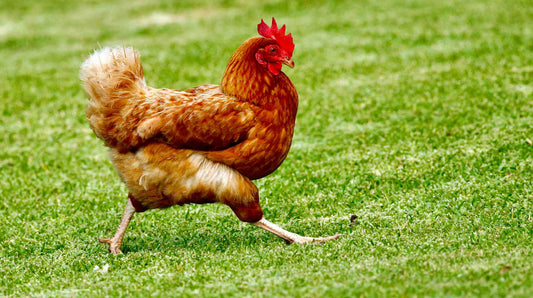
0 comments